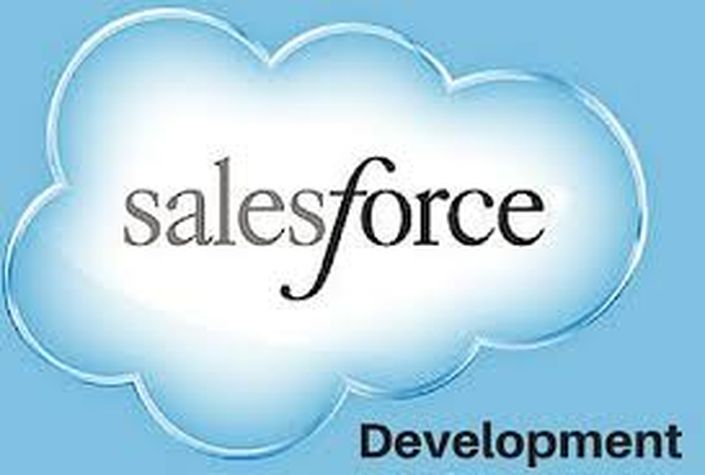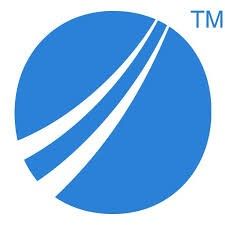
Salesforce Developer Course
Become Salesforce Developer in 1 month
Your Instructor

Sam J has overall 17 years of experience in IT Industry. This experience is primarily in Consultancy, Mentoring & Training. Making learning interesting is his passion !
He could get opportunity to train 5000+ IT Professionals with diversified profiles like Architects, Designers, Programmers, Testers, Support Engineers, Project Managers. He taught them TIBCO products (TIBCO is integration product), UML, OOAD, Design Patterns, Java, J2EE etc technologies.
He has been awarded with industry reputed certifications in TIBCO BusinessWorks & TIBCO AMX BPM.
So far he has trained 2000+ academic students of UG (Under Graduate) & PG (Post Graduate) programs of various universities in India (North Maharashtra University, Pune University, BITs Pilani) . He taught them courses like like VB, VC++, C++, Data Structure, Design and Analysis of Algorithms, Object Oriented Programming, Java, J2EE, Windows SDK Programming, Software Engineering.
He has already published one research paper on 'Cyber Crime' in National Conference.
Currently he is engaged with various Multi National Companies to conduct Corporate Training Programs for their associates and consultancy work.
Course Curriculum
-
StartSession 1 : What is Cloud Computing?
-
StartSession 2 : Cloud Services – SaaS, PaaS, IaaS
-
StartSession 3: What is Force.com?
-
StartSession 4: What is CRM?
-
StartSession 5: Creation of Salesforce Account
-
StartSession 6: 3 Tier Model – Data(Model) UI (View), Business Logic (Controller)
-
StartSession 7: Terminologies in Salesforce – Objects, Fields, Tabs, Apps
-
StartSession 8: Understanding Salesforce User Interface
-
StartSession 9: Understanding Sales Standard App
-
StartSession 10: Objects – Standard & Custom
-
StartSession 11: Fields – Standard & Custom
-
StartSession 12: Data Types
-
StartSession 13: Creation of Object, Tab & App
-
StartSession 14: Field Dependencies – State & Country Example
-
StartSession 15: Object Relationships
-
StartSession 16: Lookup Relationship (One to Many –Loosely Coupled)
-
StartSession 17: Master Detail Relationship (One To Many – Tightly Coupled)
-
StartSession 18: Junction Object (Many To Many Relationship)
-
StartSession 19: Self-Relationships
-
StartSession 20: Lookup Filters
-
StartSession 21: Formula Fields
-
StartSession 22: Rollup Summary Field
-
StartSession 23: What is Page Layout
-
StartSession 24: Customizing Page Layout
-
StartSession 25: Users and Profiles
-
StartSession 26: Profiles – Set of Permissions, Visibilities
-
StartSession 27: Permission Sets – Additional Permissions
-
StartSession 28: Field Level Security
-
StartSession 29: Record Types
-
StartSession 30: Record Types and Page Layouts
-
StartSession 31: Record Ownership
-
StartSession 32: Sharing Settings – OWD, Sharing Rules, Manual Sharing
-
StartSession 33: Organization Wide Defaults
-
StartSession 34: Sharing Rules
-
StartSession 35: Manual Sharing
-
StartSession 36: Apex Sharing
-
StartSession 37: Sharing Canvas – Profile, Permission Set, Sharing Settings
-
StartSession 38: Roles & Implementing Role Hierarchy
-
StartSession 39: Queue, Public Groups
-
StartSession 40: Validation Rules
-
StartSession 41: Workflows & Approval Processes
-
StartSession 42: Auditing Process
-
StartSession 43: Field History Tracking
-
StartSession 44: Debug Logs
-
StartSession 45: Sandbox
-
StartSession 46: Change Sets
-
StartSession 47: Data Management
-
StartSession 48: Reports and Dashboards
-
StartSession 49: Apex Triggers
-
StartSession 50: SOQL and SOSL
-
StartSession 51: Visual Force Pages
-
StartSession 52: Apex Classes
-
StartSession 53: Standard Controller & Standard List Controller
-
StartSession 54: Custom Controller
-
StartSession 55 : Ajax in Visual Force Page
-
StartSession 56 : Apex Collections
-
StartSession 57 : Visual Force Functions
-
StartSession 58 : Case Study Implementation